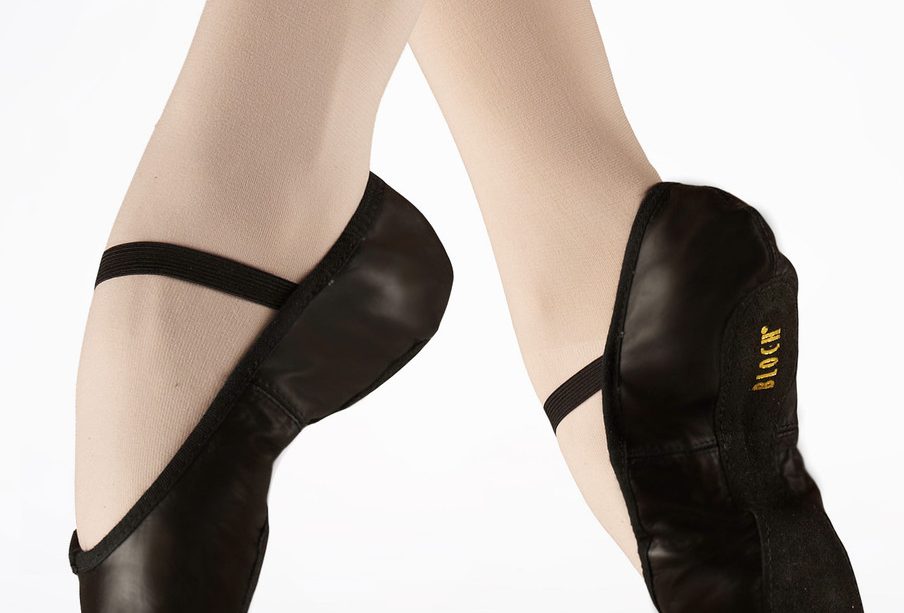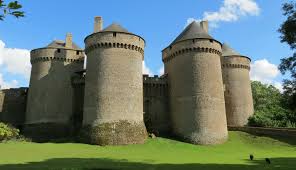The Art and Significance of Ballerinas in Dance

Introduction
The world of ballet is an enchanting world filled with grace, beauty, and rigorous discipline. Ballerinas are at the heart of this artistic expression, captivating audiences with their athleticism and emotive performances. As the global arts scene continues to evolve, the significance of ballet and ballerinas remains ever-relevant, garnering interest from audiences and aspiring dancers alike.
The Training Journey
Becoming a ballerina requires years of dedication, rigorous training, and an immense passion for dance. Most ballerinas begin their training at a young age, often as early as four or five. Training includes a mix of ballet techniques, body conditioning, and flexibility exercises, with many attending prestigious ballet schools such as the Royal Ballet School in London or the School of American Ballet in New York. The process can be grueling, with students often participating in multiple classes per week — sometimes even more than ten. Dancers must master fundamental movements before moving on to more complex routines.
The Role of Ballerinas in Ballet Productions
Ballerinas play pivotal roles in classical ballet repertoires and contemporary performances. Iconic performances like “Swan Lake” and “The Nutcracker” have shaped the narrative and artistic expression of ballet. Recent seasons have seen a rise in innovative choreographers who challenge the traditional norms of ballet, allowing ballerinas to explore and express unique movements and themes. Notably, the COVID-19 pandemic has further transformed the landscape, prompting dancers and companies to perform digitally and reach a broader audience.
Contemporary Impact and Future Trends
In recent years, there has been a remarkable shift towards inclusivity and diversity within the ballet community. Organizations are becoming more aware of the need for representation across race, body type, and gender. This shift allows for a richer artistic landscape and invites a greater range of voices and expressions. Ballet competitions and festivals are expanding their focus to incorporate influences from other dance styles, showcasing ballerinas who can blend classical technique with modern forms. The future appears promising, as more young artists gain exposure to various styles and expressions in the world of dance.
Conclusion
Ballerinas hold a storied place in the tapestry of the performing arts. As ballet continues to grow and adapt, so too does the role of ballerinas. Their dedication not only preserves the legacy of this beautiful art form but also inspires future generations to explore its depths. For audiences, the elegance of ballerinas offers both an escape and a reflection of life’s intricacies, ensuring that ballet remains a treasured part of global culture.









